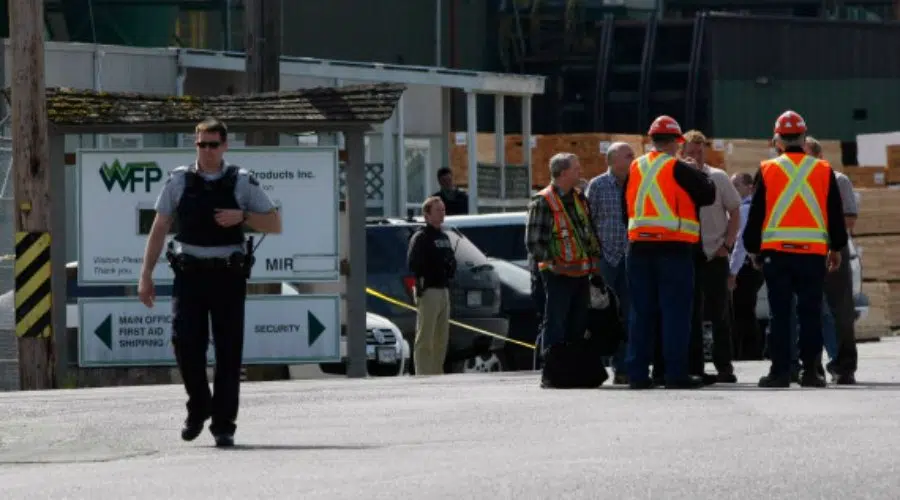
Addison an ‘excellent employee’ before suddenly quitting Ladysmith mill
NANAIMO — The manager at a Ladysmith sawmill where Kevin Addison was employed said that just two months before the shooting in Nanaimo he tried to convince him to keep his job there.
Addison was a quiet, very pleasant and concise worker, said Andrew Chrystal, manager of the Western Forest Products sawmill in Ladysmith.
“Any complaints about his work product in the time he was at Ladysmith?” asked Crown counsel Nick Barber on Tuesday.
“He was an excellent employee,” answered Chrystal.



